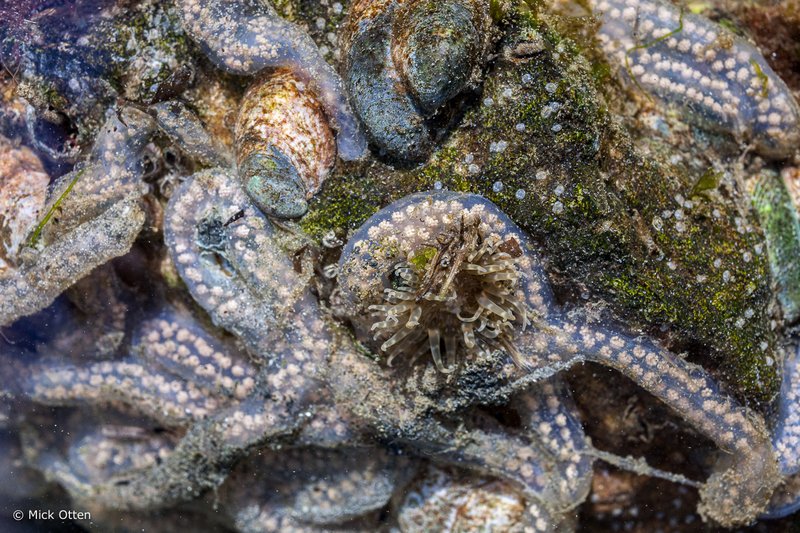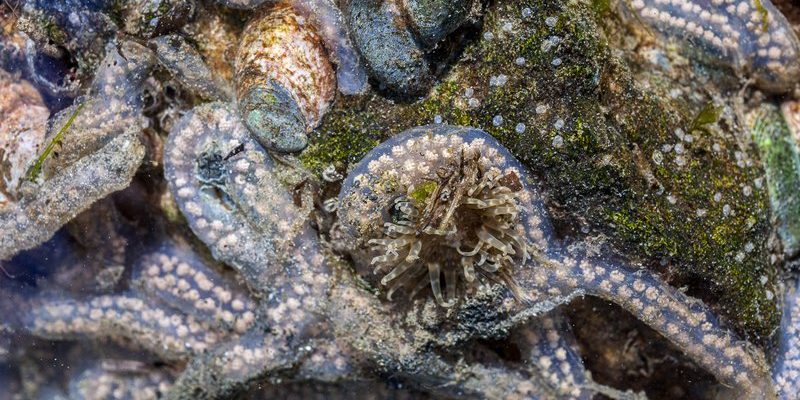
Reproduction in nature can sometimes feel like a mysterious dance, each species having its own quirky rhythm. Bootlace worms are no exception. Understanding their reproduction and egg-laying patterns gives us valuable insight into the life cycle of these unusual creatures. So grab your favorite beverage, and let’s dive into the intriguing world of bootlace worm reproduction!
How Bootlace Worms Reproduce
To understand bootlace worm reproduction, we first need to talk about the fascinating phenomenon of **hermaphroditism**. Bootlace worms are hermaphrodites, which means that they possess both male and female reproductive organs. This unique trait allows them to be incredibly flexible in how they mate. Picture it like a potluck dinner—everyone can bring a dish to share!
During reproduction, bootlace worms will usually align their bodies with another worm. They exchange sperm, which means that both worms can potentially produce offspring. This process is more of a partnership than competition, making it a cooperative effort in the underwater world. After mating, these worms will go on to lay their eggs, which brings us to the next part of our discussion.
Bootlace Worms and Egg Laying
Once bootlace worms have successfully mated, it’s time to get down to business: laying eggs. The next stages in their reproductive journey are both delicate and fascinating. These worms create a protective outer layer, which covers their eggs and keeps them safe from predators and environmental threats.
The layer is often composed of mucus, which might sound slimy, but it serves a vital purpose. This mucus not only protects the eggs but also provides a nutritious environment for them to develop. Imagine wrapping a precious gift in bubble wrap; that’s exactly what bootlace worms do for their offspring.
Typically, a bootlace worm can lay thousands of eggs at once. This high number ensures that even if some eggs don’t make it, there will be enough viable ones to ensure the continuation of the species.
Where Do Bootlace Worms Lay Their Eggs?
Bootlace worms have a unique approach to finding the perfect spot for laying their eggs. They often choose sandy or muddy substrates on the ocean floor. These environments not only provide stability but also access to nutrients that are crucial for the developing larvae.
You might be wondering how they know where to lay their eggs in such a vast ocean. Well, they rely on environmental cues and their natural instincts. Think of it like a bird migrating home for the winter; it just knows the right way. Bootlace worms have evolved to recognize safe spots in their habitats.
Once they find a suitable location, they’ll carefully deposit their eggs and leave them to develop, which can take several weeks to months. It’s a waiting game, but this method ensures that the young worms are born into an environment where they have a better chance of survival.
Development of Bootlace Worm Eggs
The eggs of bootlace worms undergo fascinating development processes. After laying, the eggs hatch into tiny larvae known as **actinotroch**. At this stage, they look quite different from their adult counterparts. These larvae are small, free-swimming, and often drift along with the currents.
During this phase, they feed on plankton and other tiny organic matter, which helps them grow. Think of it like a toddler who needs to eat a lot to grow into a tall adult. Over time, the larvae undergo a transformation and begin to develop their characteristic long and slender body.
This transformation process is called **metamorphosis**, and it marks a crucial transition from a mobile, planktonic life to a more settled existence as they eventually reach the ocean floor. Once they find a suitable habitat, they start their life as adult bootlace worms.
Factors Affecting Reproduction in Bootlace Worms
Just like any species, various factors impact the reproduction and egg-laying success of bootlace worms. Environmental conditions, availability of food, and interactions with other species all play a role.
For instance, changes in water temperature can affect their breeding cycles. If waters are too warm or too cold, you might see fewer eggs laid or increased mortality rates for the developing larvae. Similarly, pollution or habitat destruction can also impact where they can lay their eggs.
In essence, bootlace worms are a reflection of their environment. The health of their ecosystems directly correlates to their reproductive success. That’s why healthy oceans are so crucial—not just for bootlace worms, but for countless other marine creatures.
Why Understanding Bootlace Worm Reproduction Matters
So, why should we care about the reproduction and egg-laying patterns of bootlace worms? For starters, they play an essential role in their ecosystem. By understanding their life cycle, scientists can assess the health of marine environments and recognize any changes that might signal ecological issues.
Moreover, bootlace worms hold valuable insights into evolutionary biology. Their unique reproductive strategies provide clues about adaptation and survival in the ever-changing marine environment. Research in this area could help us understand how species may respond to climate change and other environmental stressors.
In short, learning about bootlace worm reproduction isn’t just an interesting tidbit; it can contribute to larger conversations about conservation and marine health.
In conclusion, bootlace worms are not just fascinating creatures with their long, wriggly bodies but also amazing examples of adaptability and resilience in nature. Their reproductive strategies, from hermaphroditism to egg laying, reveal a lot about how they have successfully navigated their ocean habitat.
By grasping how bootlace worms reproduce and grow, we gain a deeper appreciation for the intricate web of life in our oceans. The more we learn, the better we can protect these unique animals and their ecosystems. So, the next time you think of a worm, remember that some of them lead lives as remarkable as those of the longest creatures on Earth.

